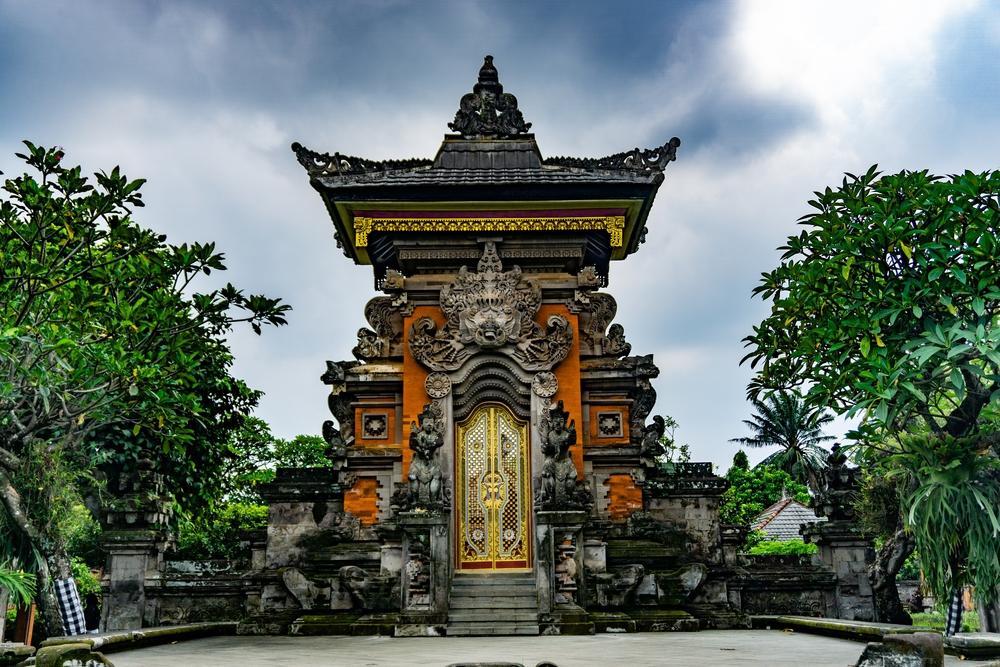Angkul-Angkul is one of the main elements in traditional Balinese architecture, serving as the primary gate to the courtyard of a house or temple. Besides functioning as an entrance, the Angkul-Angkul also holds aesthetic and philosophical value, reflecting local wisdom and the Hindu Balinese culture.
Characteristics of Angkul-Angkul
Structure:
Angkul-Angkul is typically shaped like a roofed archway, made from red bricks or paras stone.
The roof is crafted from traditional materials such as palm fiber (ijuk), wooden shingles, or terracotta tiles.
Ornaments:
Decorated with intricate Balinese carvings, such as floral motifs, deities, or dragons.
Sometimes, small statues or reliefs surround it, symbolizing the guardians of the house.
Philosophic Meaning:
Angkul-Angkul symbolizes protection and hospitality for guests, while also safeguarding the sanctity of the house from negative energy. It is typically located at the front of the house, connected to the aling-aling, a protective wall that blocks direct visibility into the inner areas of the house.
Functions of Angkul-Angkul in Daily Life:
- Serves as a gateway to welcome guests.
- Acts as a symbol of separation between the profane outer world and the sacred inner sanctum of the house.
- Represents a key part of the layout of Balinese homes, aligned with the Tri Hita Karana concept (harmony between humans, the environment, and God).












